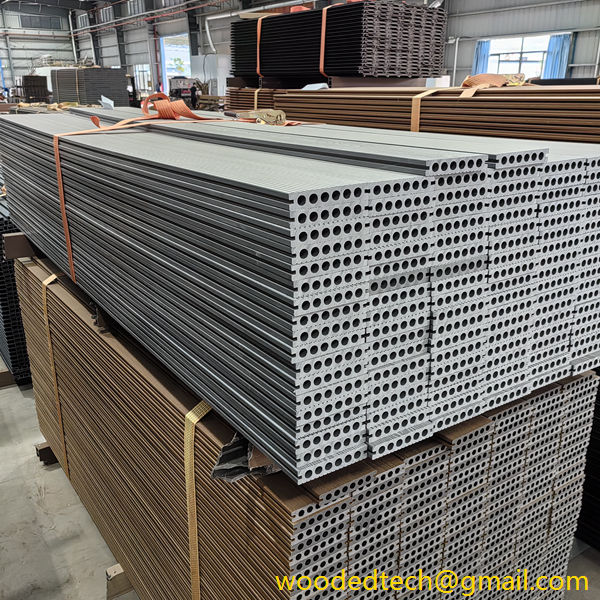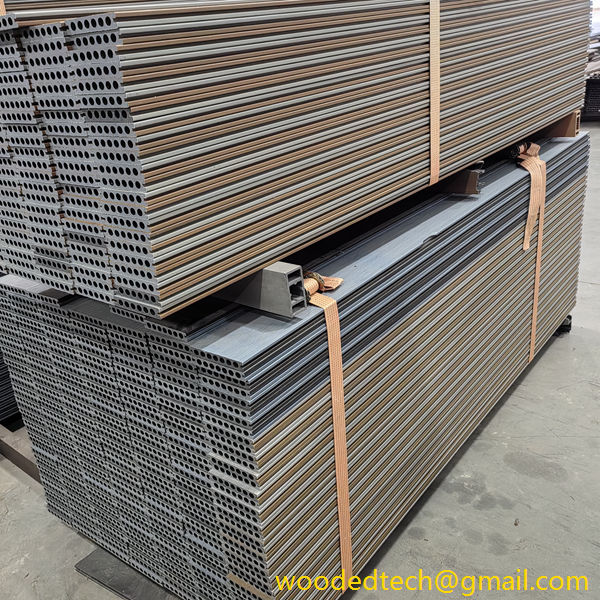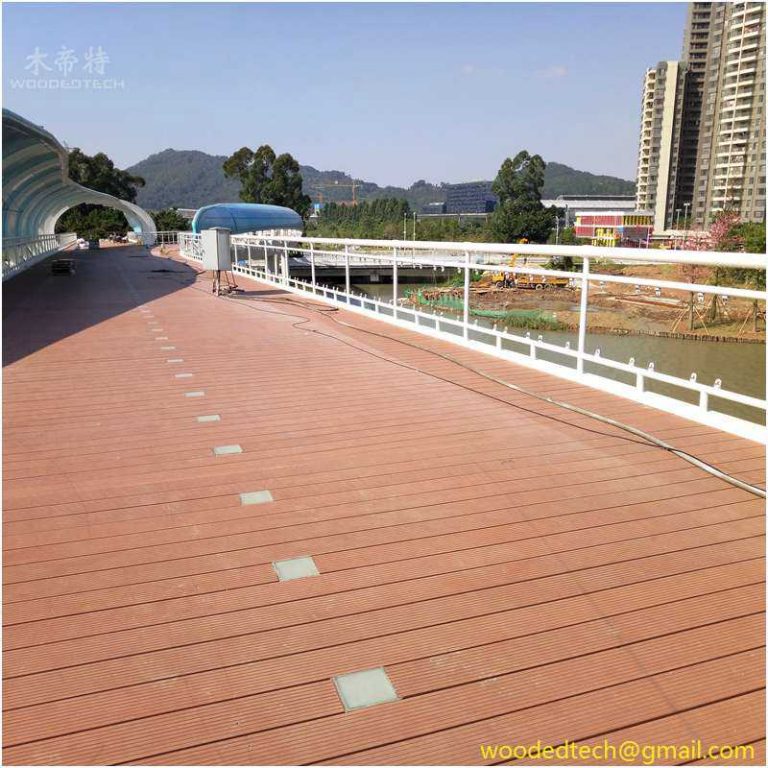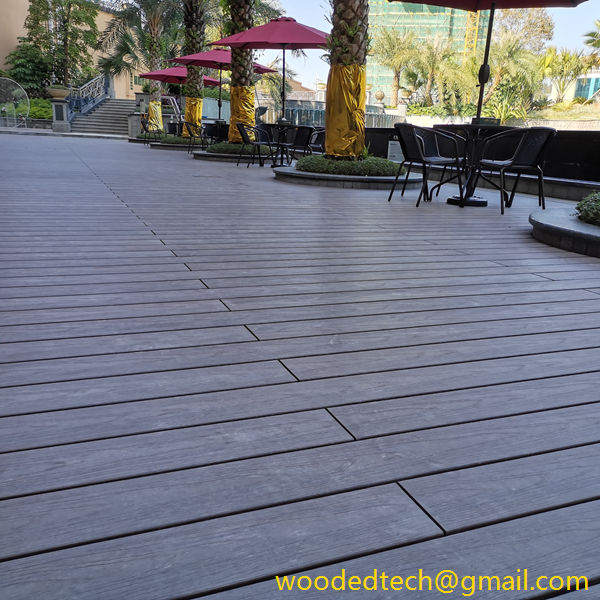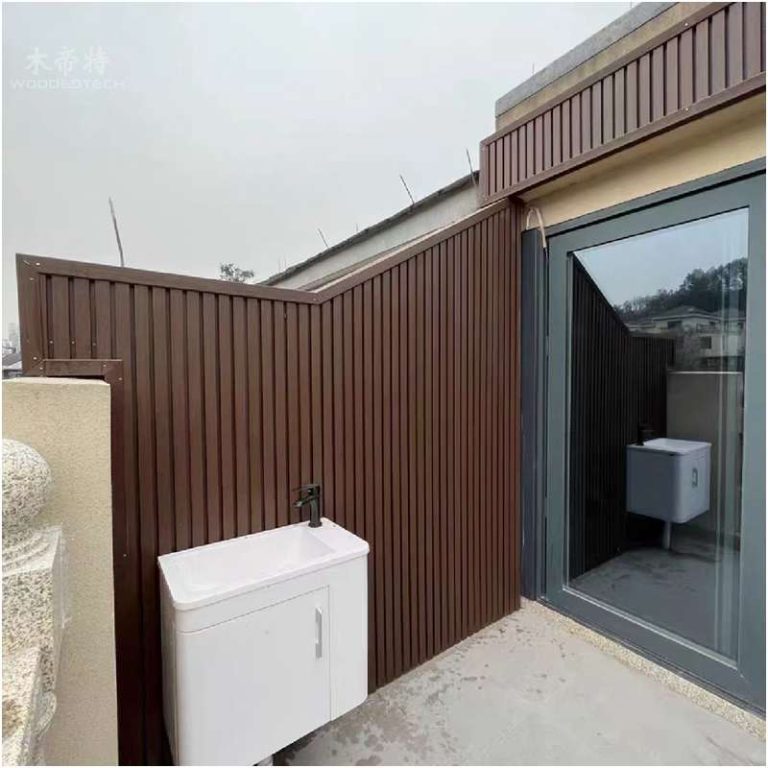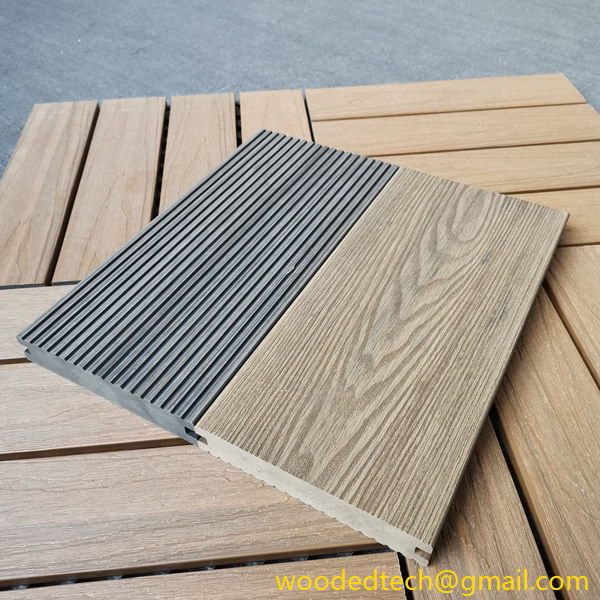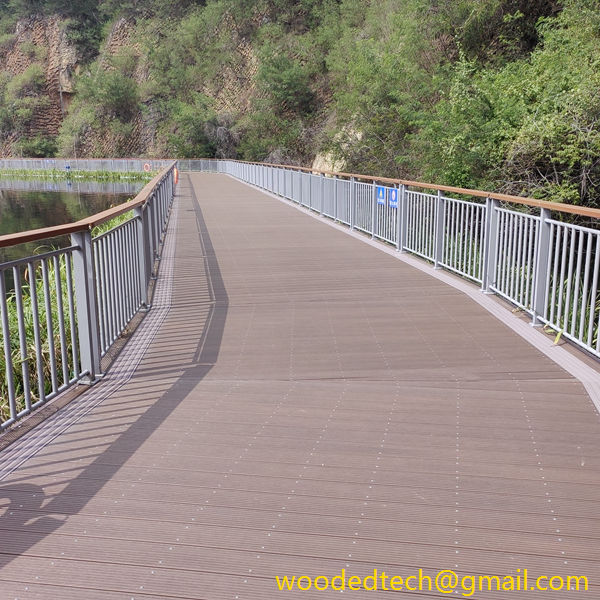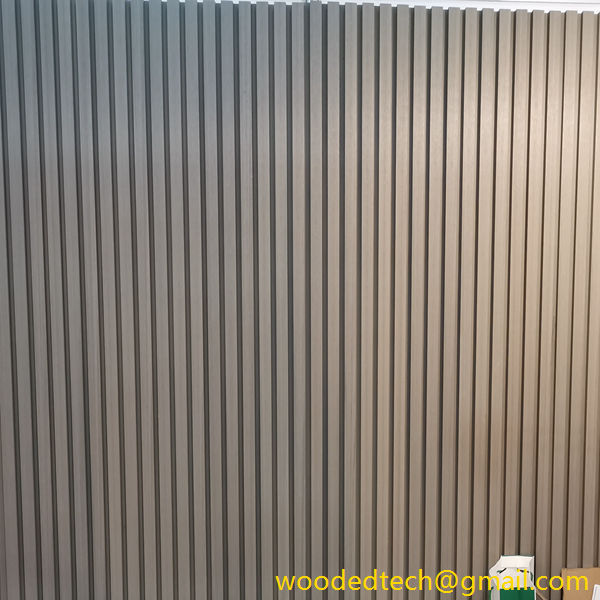Types of Composite Decking: A Comprehensive Guide to Composite Decking Types
Types of Composite Decking: A Comprehensive Guide to Composite Decking Types Composite decking has gained immense popularity in the world of outdoor living, offering homeowners a durable, aesthetically pleasing, and low-maintenance alternative to traditional wood decking. This comprehensive guide will delve into the various types of composite decking available, highlighting their unique characteristics, advantages, and…
Types of Composite Decking: A Comprehensive Guide to Composite Decking Types
Composite decking has gained immense popularity in the world of outdoor living, offering homeowners a durable, aesthetically pleasing, and low-maintenance alternative to traditional wood decking. This comprehensive guide will delve into the various types of composite decking available, highlighting their unique characteristics, advantages, and ideal applications. Understanding these types will help you make an informed choice for your outdoor space.
At its core, composite decking consists of a blend of wood fibers and recycled plastic materials. This combination results in a product that mimics the look and feel of natural wood while offering enhanced durability and resistance to the elements. There are several types of composite decking, each tailored to meet different needs and preferences. Let’s explore these options in detail.
The first type of composite decking is capped composite decking. This is perhaps the most popular choice among homeowners seeking the benefits of composite materials. Capped composite decking features a core made of wood fibers and plastic, which is then enveloped in a protective layer of synthetic material. This outer layer acts as a shield against moisture, UV rays, and fading, making it particularly resistant to staining and scratching. Homeowners appreciate this option for its longevity and low maintenance requirements, as it does not need to be sanded, stained, or painted like traditional wood.
Another noteworthy type is uncapped composite decking. Unlike its capped counterpart, uncapped composite decking lacks the protective outer layer. While it is generally less expensive, it is also more susceptible to moisture absorption and UV damage. This type of decking can be a great choice for those looking for a budget-friendly option, provided they understand the maintenance involved. Regular cleaning and potential sealing may be necessary to extend its lifespan.
Within the realm of composite decking, there are also different design options to consider. Some manufacturers offer a wide range of colors and finishes, allowing homeowners to select a style that complements their home’s aesthetic. These options can mimic the look of various types of wood, from rich mahogany to rustic cedar. Additionally, some composite decking products come with a textured surface that enhances grip and reduces the risk of slipping, making them ideal for poolside decking or areas prone to moisture.
Another type worth noting is the hollow composite decking. This innovative option features a hollow core, which reduces the overall weight of the decking boards. This can make installation easier and more cost-effective, especially for larger projects. Hollow composite decking is also generally less expensive than solid boards, making it an attractive choice for budget-conscious homeowners. However, it is crucial to ensure that the hollow boards are of high quality to prevent warping or breaking under pressure.
On the other end of the spectrum is solid composite decking. As the name suggests, solid composite boards are completely solid with no hollow sections. This type of decking is often more robust and can handle heavier loads, making it suitable for areas with high foot traffic or heavy furniture. Solid composite decking may also provide better sound insulation compared to hollow boards, contributing to a more pleasant outdoor experience.
When considering the environmental impact of your decking choice, it’s essential to look at the sustainability of the materials used. Many composite decking manufacturers prioritize eco-friendly practices by sourcing recycled materials for their products. This not only helps reduce waste but also contributes to a decrease in the demand for virgin wood. Some companies even go a step further by ensuring their manufacturing processes are energy-efficient and minimizing their carbon footprint.
Moreover, composite decking can offer long-term cost savings for homeowners. While the initial investment may be higher than traditional wood decking, the reduced maintenance costs and extended lifespan of composite materials often result in significant savings over time. Homeowners can avoid the hassle and expense of regular staining, sealing, and repairs that wood decking typically requires.
One important factor to consider when selecting composite decking is its warranty. Most reputable manufacturers offer warranties that can range from 10 to 50 years, depending on the product. This warranty is a testament to the quality and durability of the decking material. When evaluating your options, it’s wise to compare warranties and consider the reputation of the manufacturer to ensure you’re making a sound investment.
In addition to traditional decking boards, many manufacturers also provide a range of accessories designed to enhance your outdoor space. These include railings, lighting options, and hidden fasteners that create a seamless look. By investing in these accessories, homeowners can achieve a polished finish and elevate the overall aesthetic of their outdoor living area.
In conclusion, composite decking offers a wealth of options for homeowners looking to enhance their outdoor spaces. From capped and uncapped boards to hollow and solid varieties, there is a type of composite decking to suit every need and preference. By understanding the characteristics and benefits of each type, you can make an informed decision that aligns with your aesthetic desires, budget, and long-term maintenance goals. With the right choice, your composite decking can become a beautiful and functional extension of your home for many years to come.

